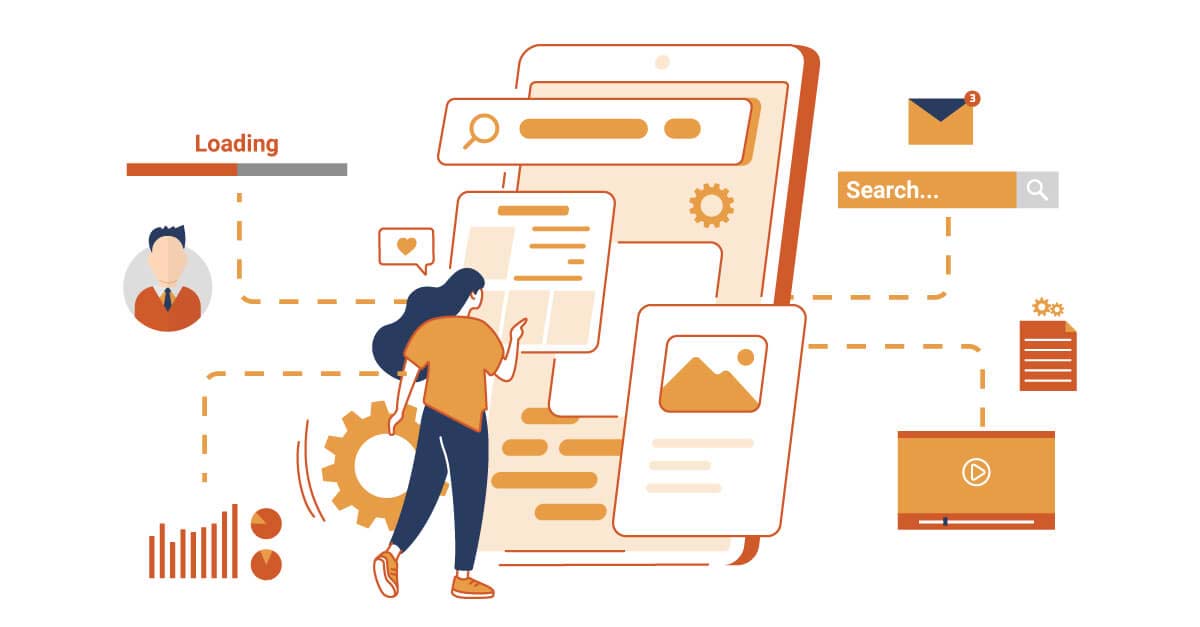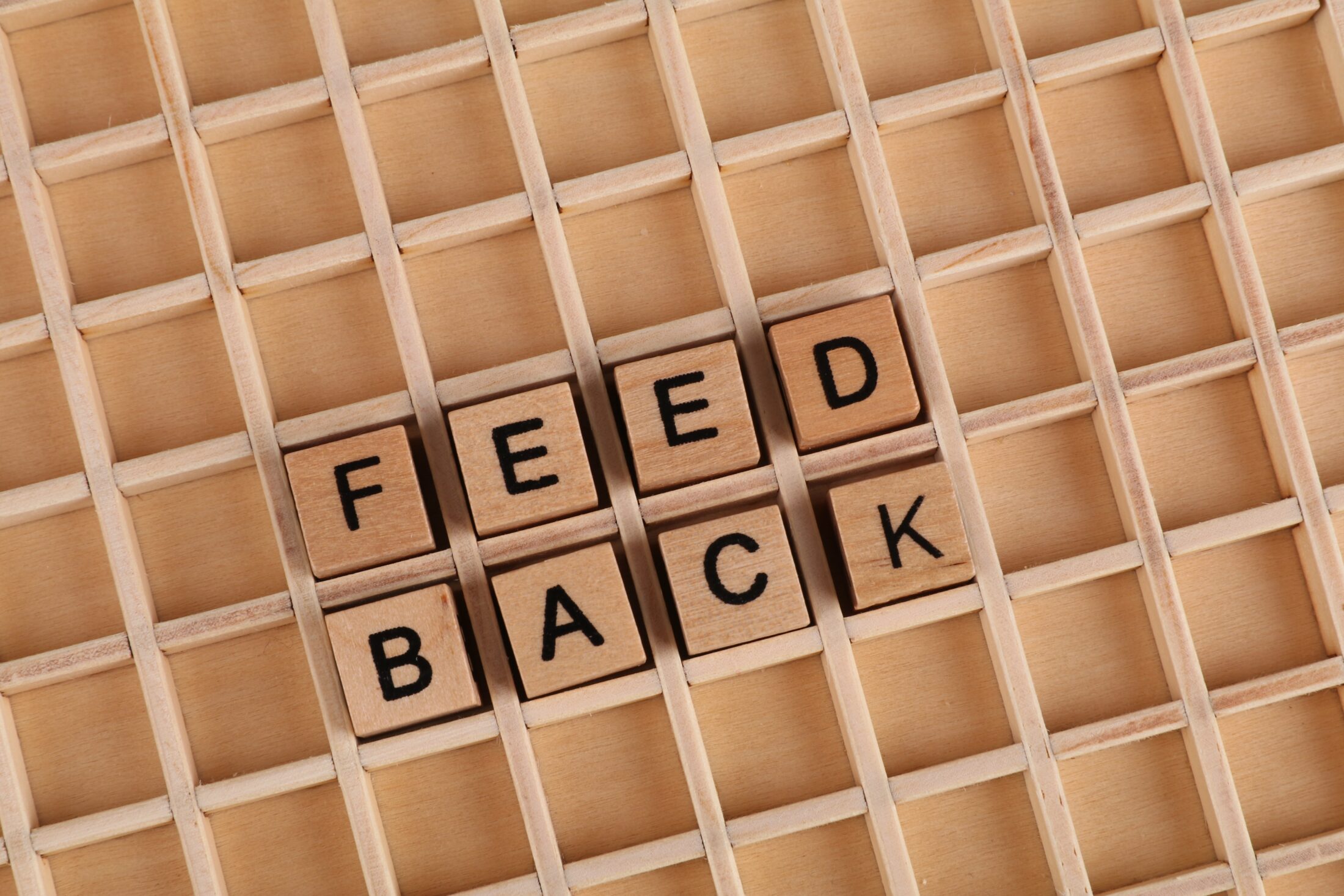Designing Micro Interactions That Delight Mobile Users
In today’s digital-first world, mobile applications compete not only on functionality but also on user experience. Subtle design details often determine whether users stay engaged or move on to alternatives. One of the most impactful elements in modern UX is designing micro interactions—the small, almost invisible responses that enhance usability and bring interfaces to life.
Designing Micro Interactions
What are micro interactions?
Micro interactions are the tiny design moments that occur when a user engages with an interface. Examples include a heart icon animating when tapped, a pull-to-refresh gesture, or a subtle vibration when completing a task. Though seemingly small, they create a sense of responsiveness, clarity, and emotional connection.
Why designing matters?
- Guide user behavior by providing immediate feedback.
- Reduce cognitive load by showing clear responses to actions.
- Create emotional satisfaction by adding personality to the app.
- Improve accessibility by offering visual, audio, or haptic cues.
Principles
Clarity first
The response should instantly communicate the outcome of an action. Avoid overly complex effects that confuse users.
Consistency across the app
Align the tone, style, and motion across different interactions for a seamless experience.
Subtlety over distraction
Motion or sound should be noticeable but not overwhelming. The goal is to assist, not dominate.
Purpose driven design
Every interaction must serve a function—whether guiding, confirming, or preventing errors.

Delight through details
Add personality with micro animations, playful icons, or gentle vibrations that surprise users in a positive way.
Examples
Swipe gestures
Enabling smooth transitions between screens.
Loading indicators
Using progress bars or animated elements to reduce perceived waiting time.
Error prevention
Highlighting incorrect input fields instantly rather than showing errors after submission.
Confirmation animations
A checkmark animation after a payment reassures users that the action succeeded.
Best practices
Test across devices
Performance and responsiveness must remain consistent across different screen sizes.

Balance aesthetics and functionality
A visually stunning animation loses value if it slows down usability.
Leverage haptic feedback
Gentle vibrations can reinforce touch gestures without cluttering the interface.

Stay aligned with brand personality
Interactions should reflect the brand’s tone, whether playful, minimal, or professional.

Conclusion
Designing micro interactions is about elevating the user journey with thoughtful, subtle design choices. These small details transform static screens into dynamic experiences, bridging the gap between utility and emotion. For businesses and developers, investing in micro interaction design is no longer optional—it is a strategic way to capture attention, build trust, and ensure long-term engagement.
